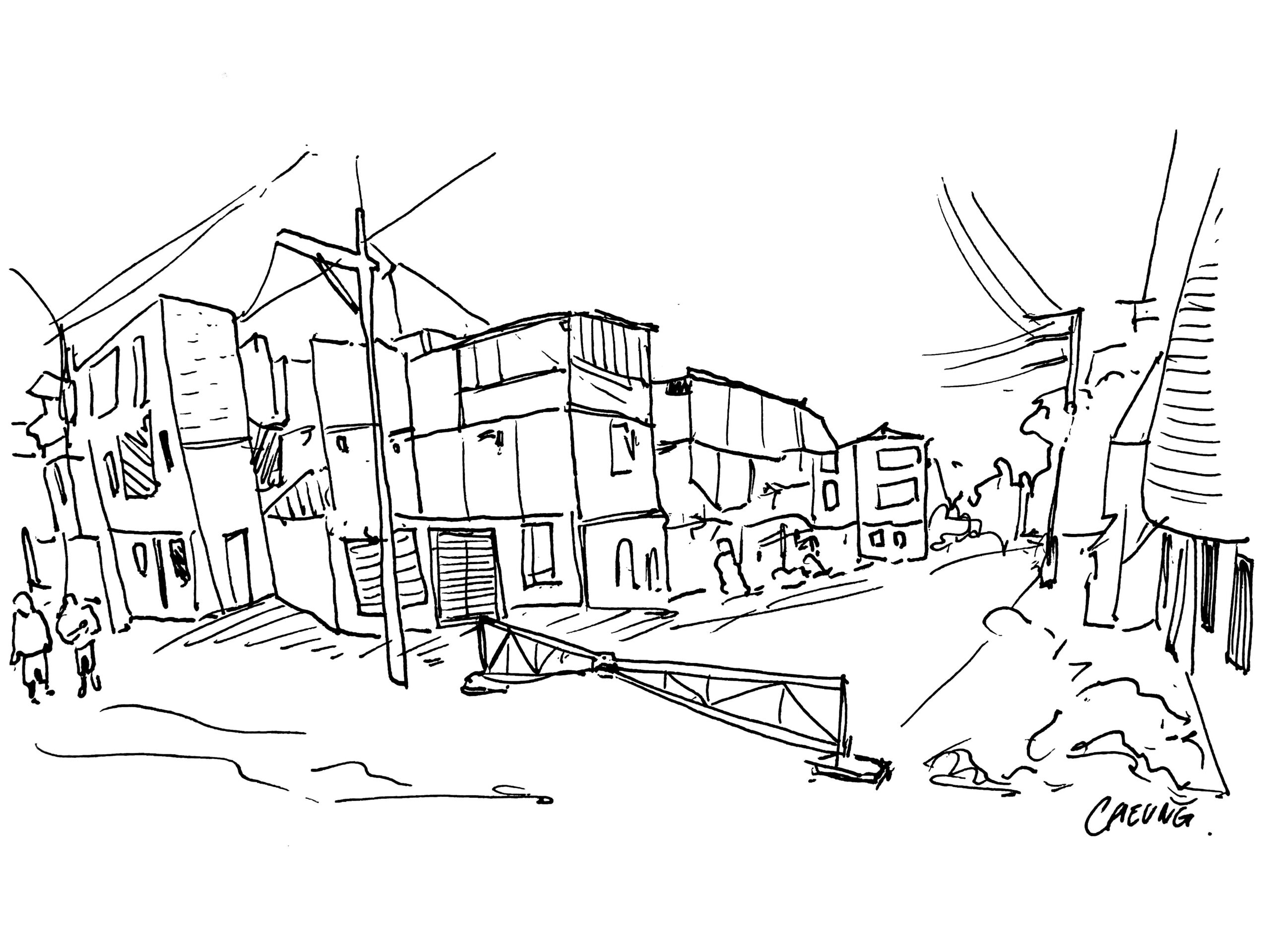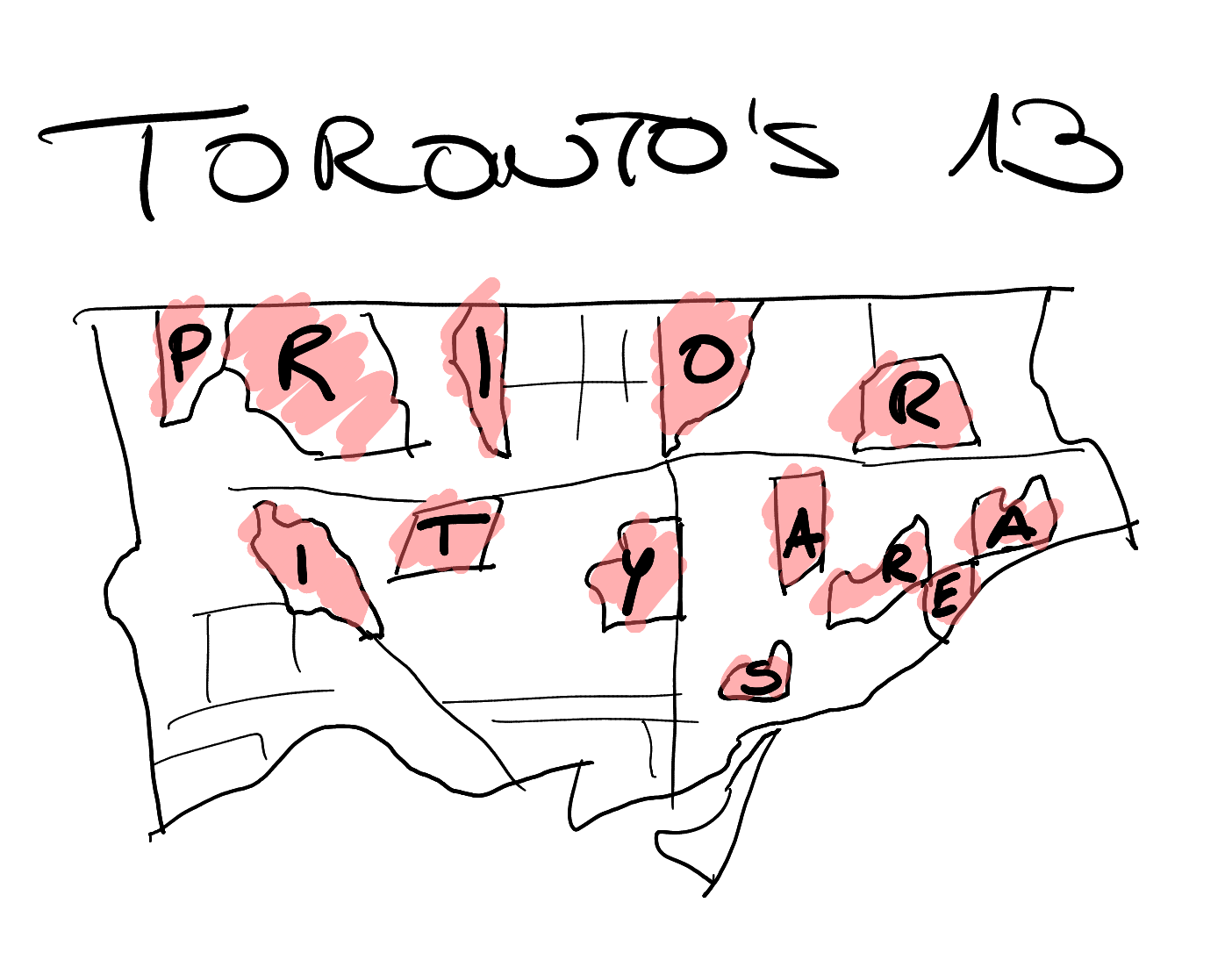-
GPT-4 as RA? Not yet, it seems.

The below post is by Charlotte Kafka-Gibbons. Charlotte is a University of Toronto undergraduate, majoring in Biodiversity and Conservation Biology and Environmental Ethics, with a minor in Geographic Information Systems. Charlotte is working closely with Tyler Bateman, a PhD candidate in the Department of Sociology who specializes in Environmental Sociology. Tyler leads a project studying…
-
“Complex causal structures of neighbourhood change” is published!
One key way that evolutionary processes occur is via feedback loops. A classic way to model such feedback loops is in functional terms. Arthur Stinchcombe articulated the elemental structure of functional explanations in his 1968 book, Constructing Social Theories. In our recently published article, “Complex causal structures of neighbourhood change,” we try to revive this…
-
Toronto Urban Evolution Model Paper Series Published!
A central theoretical goal of the Urban Genome Project has been to articulate a model of urban evolution. We develop the model in four papers, recently published together in Urban Science. The paper series is called “Towards a Model of Urban Evolution,” because its central task is to elaborate a rich yet rigorous formal language…
-
Residential Micro-Segregation via Street Barriers in Lima, Peru

By Fernando Calderon Figueroa Description of the Study This study addresses the relationship between residential micro-segregation, in the form of built barriers to urban mobility, and social capital. Most of the scholarship on residential segregation posits the neighbourhood as its most relevant scale of analysis, while discussing built barriers as expressions of pre-existing social boundaries…
-
New paper published! The Dilemmas of Spatializing Social Issues

Urban Genome Project Members Fernando A. Calderón-Figueroa, Daniel Silver, and Olimpia Bidian’s paper discussing Toronto’s Priority Area Program (2006–2013) has just been published in Socius: Sociological Research for a Dynamic World. Here’s Fernando’s summary: Among the multiple ways to subdivide a city, neighbourhoods are probably the most familiar to our everyday experience. It is not…

